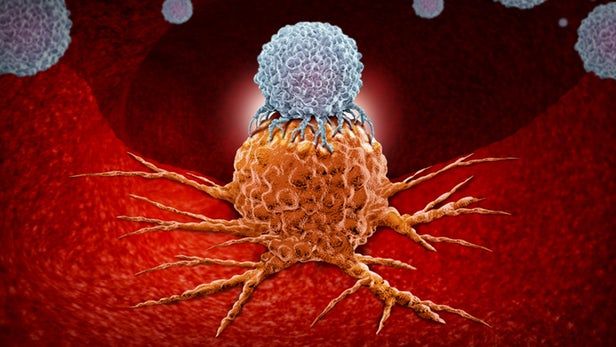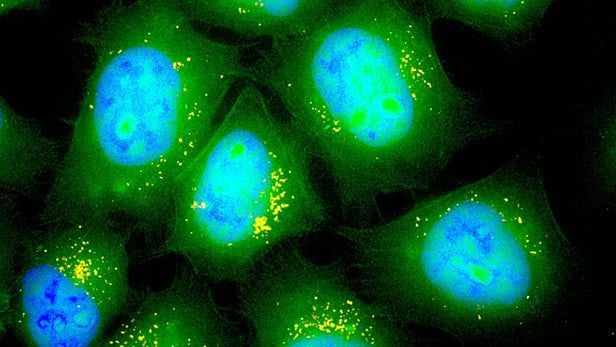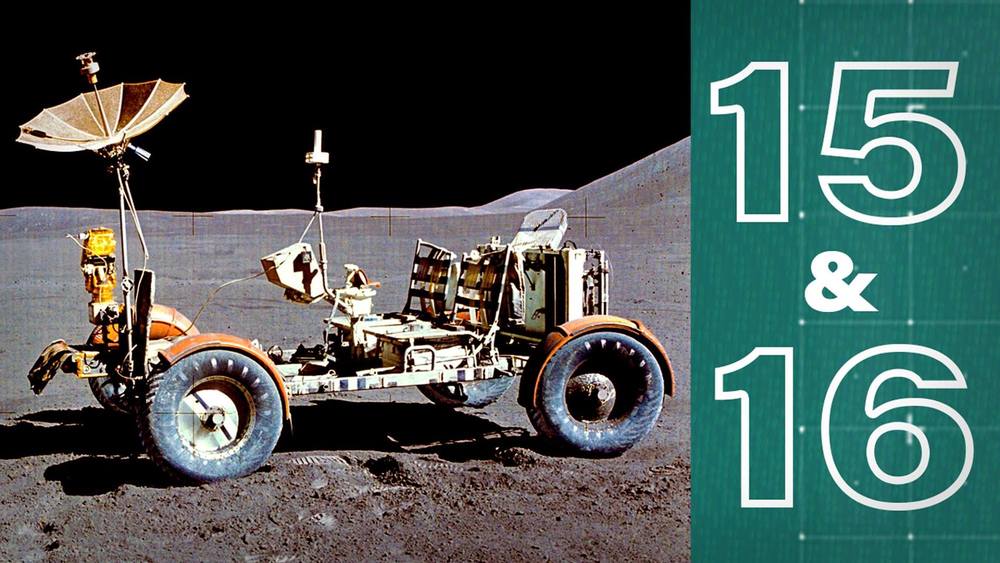In recent years, antibiotic-resistant bacteria has become such a concern that the World Health Organization has cautioned of a “post-antibiotic era,” which may be here soon. According to the CDC, in America alone around 2 million people are infected with antibiotic-resistant infections annually and in less developed countries it is quickly becoming one of the greatest concerns in public health.
In an urgent search for new natural antibiotics, scientists are examining ancient remedies in order to determine what made them effective. One such remedy comes from the Boho Highlands of Northern Ireland, where ancient Irish Druids utilized natural antibiotics from the soil. Inverse reports the findings of these scientists, published in Frontiers in Microbiology:
[The] alkaline soil sampled from the Sacred Heart Church in the town of Toneel North contains a new strain of bacteria they named Streptomyches sp. myrophorea. Testing revealed that this strain inhibited the growth of four of the six multi-resistant pathogens identified by the WHO as “high priority pathogens.”









